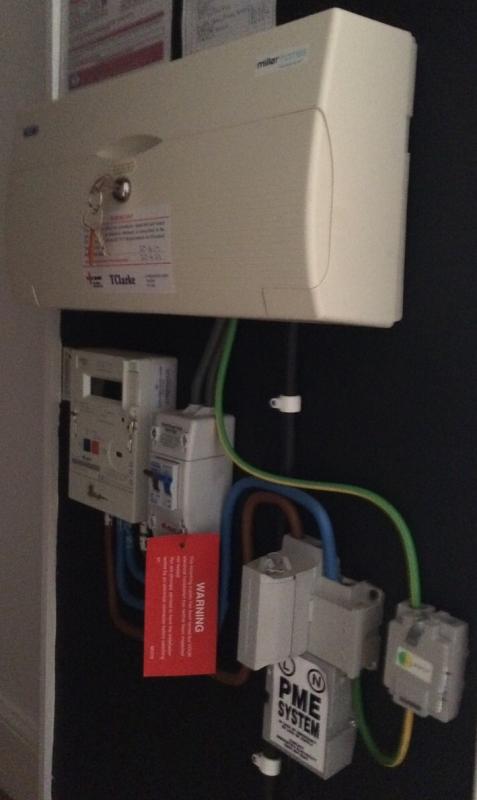- Joined
- 24 Nov 2004
- Messages
- 431
- Reaction score
- 5
- Country

Under what circumstances would it be appropriate to NOT earth the armour on SWA cable?
a close relative of mine went to his local electrical factor's (in Scotland) with a shopping list i gave him for some SWA and brass gland kits for running power to an outdoor appliance.
The helpful chap at the wholesaler said that earthing SWA is an "out of date technique and is no longer done"
This came as a bit of a surprise. is this some new legislation?
Apparently the (detached) garage on this relative's house is fed from the CU by SWA, and the SWA on this run is not earthed (although there is an earthed conductor inside the armour)
seems strange.
The supply is PME. (just like everywhere else in the area)
a close relative of mine went to his local electrical factor's (in Scotland) with a shopping list i gave him for some SWA and brass gland kits for running power to an outdoor appliance.
The helpful chap at the wholesaler said that earthing SWA is an "out of date technique and is no longer done"
This came as a bit of a surprise. is this some new legislation?
Apparently the (detached) garage on this relative's house is fed from the CU by SWA, and the SWA on this run is not earthed (although there is an earthed conductor inside the armour)
seems strange.
The supply is PME. (just like everywhere else in the area)

